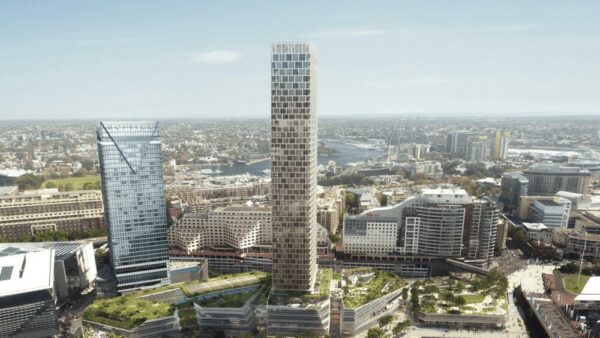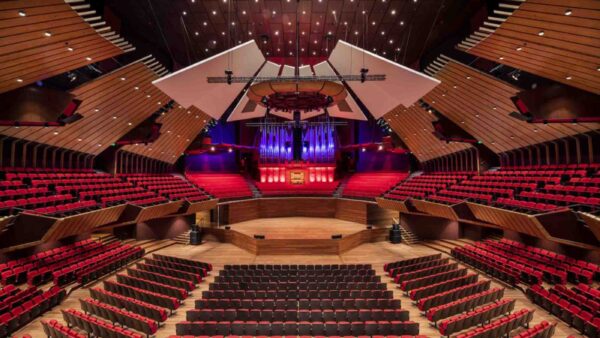
A Swedish municipality has begun work on a kindergarten that will be built using only electric equipment – the first time such a project has been tried in the EU.
The new school in Östersund will be able to accommodate 144 pupils, replacing one with a capacity for 54.
The project is being overseen by Fossilfritt Sverige – Fossil-Free Sweden – an agency set up by the government in 2015 to coordinate the country’s switch to renewable power.
The agency says the project is the opening shot in a campaign to increase the pace of transition through public procurement.
Östersund wants to achieve carbon neutrality by 2030, and sees the electrification of building sites as an area with potential.
Skanska is building the school. Sara Gorton, its Swedish director of sustainability and innovation, said it would be the first where the company had been required to create an emission-free workplace.
“All work machines inside the fence around the workplace must be powered by electricity as far as possible,” she said, adding it was a “great opportunity to contribute to the technological development of work machines”.
According to a preliminary study by Skanska, 95% of the work machines will be electrified, reducing carbon emissions by about 64 tonnes compared with a traditional approach.
Fossil-Free Sweden comments: “The construction and real estate sector accounts for approximately 20% of Sweden’s total emissions, and of that, work machines account for a significant portion. By asking for the emission-free machines, development is accelerated and the companies that take the lead benefit.”
The new school’s design will be based on one of four blueprints developed by Sweden’s municipalities and regions, which are being built all over the country.
The municipality comments that this means there are few opportunities to make changes in individual designs, but the client has a good idea of the cost, and the building process is “efficient and affordable”.
Construction is expected to finish in the third quarter of 2025.
Further reading:
Comments
Comments are closed.







Hi GCR
thanks for the coverage of this needed initiative. I hope for many more to blossom. I do think however that one should remember that The Oslo municipality did a very well documented full electric building/civil site project at Olav V street in central Oslo two years ago. There, 3 heavy excavators was used as a deep trench for a large cloak was needed. The project was in other words a civil project, whereas the Östersund project is a building project, which is less challenging when it comes the machine power. As said, I hope for many more of these projects in the future! best regards